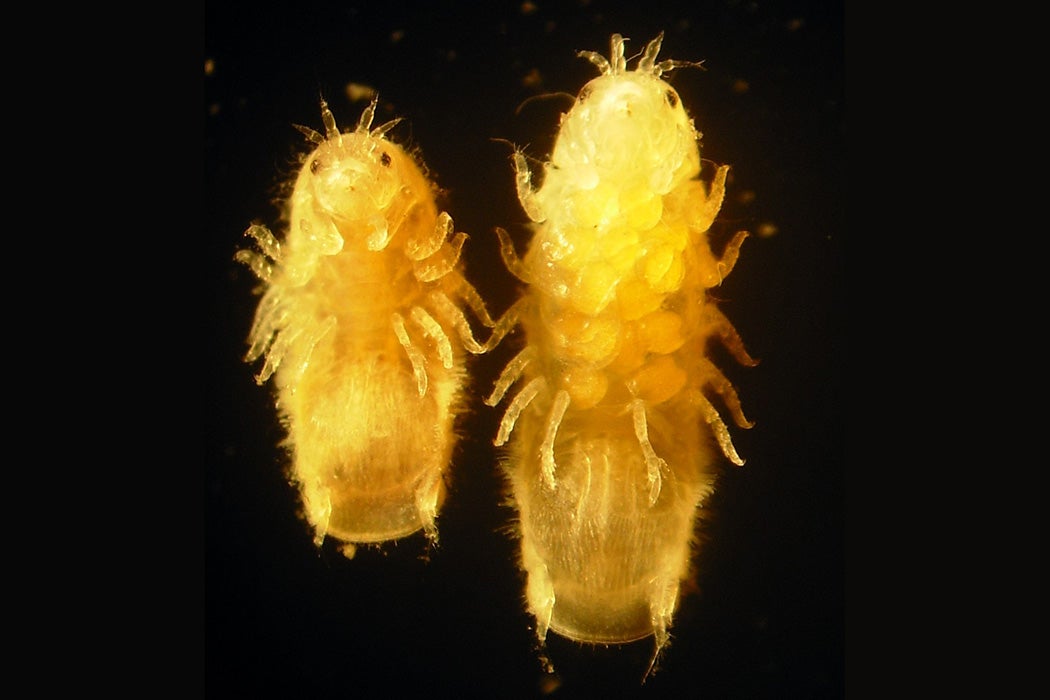For most of history, ships and docks were at the mercy of spineless, often invisible pests that wreaked far more havoc than the sirens or sea-monsters of lore. They are the marine wood borers: shipworms, pillbugs, or gribbles. These cousins of roly-polies, clams and garden worms collectively interact with wooden infrastructure much like termites on land. And, for millennia, the pernicious pests have spread across the world in tandem with the movement of people, and have shaped our decisions about transportation and infrastructure at sea.
The seafaring vessels of both ancient Egyptians and Phoenicians suffered from wood borers, as did seawalls that protected the Netherlands and the coverings of submarine cables much later. Naval dockyards proliferated in Spanish-controlled Cuba in the 1700s, in part because native Cuban trees offered better resistance to some of the peskiest sorts of shipworms and their ilk than European wood. Although scientists today suspect that these creatures evolved in mangrove forests, where they helpfully gnaw away the dead wood, their role in human history appears as a destructive force to outsmart us, again and again.
Perhaps nowhere is this tumultuous history as fascinating as in New Zealand, where the fates of wood borers and humans have been intertwined since the first people set foot on the islands. When the Māori made landfall nearly a millennia ago, they arrived in canoes crafted from breadfruit trees, a typical Polynesian boat-building choice, in part because the wood is naturally resistant to the ravages of the hungry shipworms. They also coated the wood with an outer layer of wood borer resistant shark-fin oil, a strategy that white colonists would “invent” a century after Captain Cook’s crew first mapped the shoreline.
Weekly Newsletter
Colonization brought whaling, booming international trade, and thousands of wooden wharves, piers, and docks to New Zealand—all built with no regard for Māori wood borer-deterring tactics. Pākehā (non-Māori) men played a whack-a-wood borer game across New Zealand throughout the 1800s and early 1900s, trying and failing to build wharf pilings and docks that could survive the ravages of the watery pests for more than a few years. They were oblivious not only to Māori knowledge and design features that minimized damage, but even to what other white men on other parts of the island were trying. In hundreds of newspapers and archival reports from across the young nation, wooden infrastructure that touched the ocean would invariably crumble, typically within a mere decade of completion. It wasn’t until well into the 20th century, when New Zealand has already shifted towards concrete-based wharf pilings and iron ships, that scientists began to recommend building wooden structures with the native New Zealand wood the Māori had long known to be more resilient at sea.
Today, marine wood borers still produce extensive damage to wooden infrastructure, and gnaw through roughly a billion dollars worth of damages each year. But it’s perhaps unsurprising that these creatures exist in obscurity for most people. We may be loath to admit that we’ve fought for so long—and with such mighty losses—against the likes of the lowly termites of the sea.







